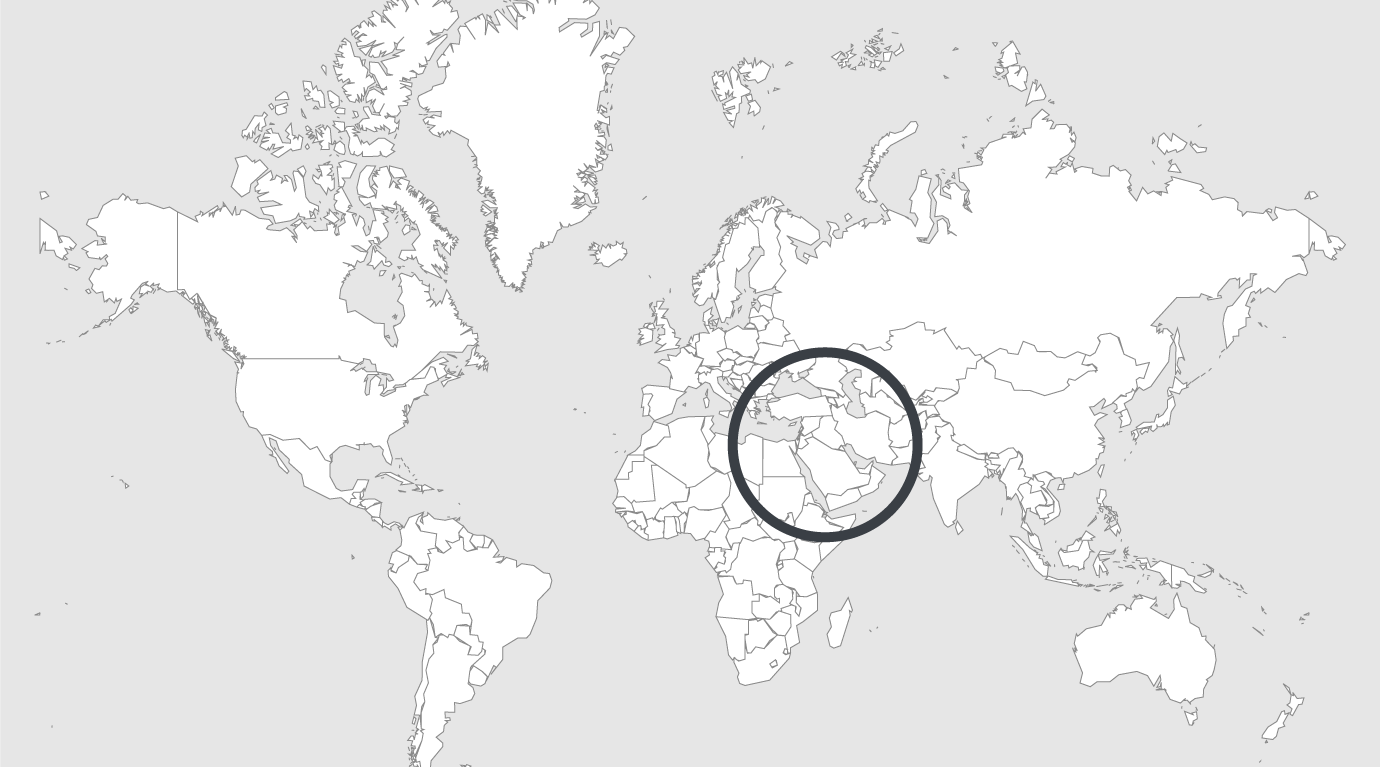
Explore
Lebanon: indirect processes of radicalization at Lebanon’s Roumieh
Incarceration centers across the MENA region are known for their lawlessness and tendency to act as incubators for the reinforcement and hardening of ideologies and violent behaviors. Roumieh Prison in Lebanon is no exception. Using data gathered from sources associated with Roumieh in capacities ranging from judicial to ex-prisoner, this article introduces the reality of the situation inside the prison.
Through examining prison culture and its interaction with processes of radicalization to violent Sunni extremism, it will become clear how inmates participate in and perpetuate an environment which is conducive to maintaining and amplifying radical and violent views and behavior. This is achieved not necessarily through ideological means but through participation in a unified, resourced and internally governed prison society.
Awareness of such environments is essential before the planning and implementing of deradicalization measures within the region. The same is true for the design of rehabilitation programs of foreign fighters returning to Europe, many of whom have been incarcerated in similar facilities after the collapse of the Islamic State (ISIS) “caliphate” in Syria and Iraq.
Block B
In Lebanon, the majority of individuals charged with terrorism offences are held in Roumieh prison’s notorious block B. This block, holding only Sunni prisoners, has featured in ISIS propaganda material and in Lebanese and international media. Its notoriety is born of evidence, seized in a raid conducted by security forces in 2015, linking inmates to the coordination of various terror attacks both within Lebanon and over the border in Syria.
Block B provides the perfect conditions for the amplification and reinforcement of the radical views held by many of its inhabitants. Overcrowding, imprisonment by religious denomination, mixed sentence imprisonment, under-resourced guard presence, and rife corruption of prison authorities lead to a rich culture of resource smuggling, bribery and radicalization. These processes have resulted in a powerful and highly hierarchical prisoner population who have access to extensive technological and monetary resources.
As radicalization processes are apparently inseparable from block B culture and structure, the implementation of deradicalization programs by prison authorities, led by a small population of guards, seems unrealistic at best.
Overcrowding and its Consequences
Block B houses individuals from groups such as Fatah al-Islam, a notorious offshoot of the Assad regime’s manipulation of Sunni jihadists as part of its foreign policy; Jabhat al-Nusra, Al-Qaeda’s Syrian branch; and ISIS. There are also prisoners associated with smaller, Sunni Lebanese militias involved in conflicts across the country from 2007 to present day.
Roumieh’s Block B houses approximately 850 inmates on a variety of counts, all of which come under the broader umbrella of terrorism charges. They are held on three floors, each floor containing twenty-four cells that branch off from one central corridor. Each cell, originally built to hold three individuals, now holds a minimum of twelve. Guard presence has not increased to balance the rise in prisoner numbers and stands currently at three to five guards per block.
To dramatize those numbers: Block B contains 850 inmates distributed across three floors, meaning that each floor holds (at a conservative estimate) 250 inmates, and there are between one and two guards responsible for each of these floors. A prison designed to have a guard to prisoner ratio of around 1:36 now has a ratio of 1:125 or worse. A clear security issue exists in such a numerical imbalance between prisoners and guards.
The “remedy” in place to address the fact that the guard numbers are insufficient to maintain order is a thriving market of resource smuggling. Prisoners demands are delivered through the guard network in order to maintain peace in the block and prevent rioting. Prisoners demands range from calls for greater internet access, and increased supplies of protein, to waiving the requirement to strip-search inmates’ visitors.
Internal Systems of Governance
The overcrowding and lack of guard enforced security has resulted in a de facto prisoner-run facility. Indeed, in the absence of security enforced by guards or any external authority, inmates in Block B have developed their own quasi-governmental structures. These consist of an electoral system, healthcare, social, and crime-and-punishment committees with an internally functioning court designed to judge and punish behavior perceived as contrary to block norms.
A notable feature of this prisoners’ justice system is the presence of two figures: the Masul and the Shawish. The Masul is the elected representative of the inmates, and the Shawish is often an older prisoner from a politically influential family or clan and is responsible for communication between prisoners and the political sphere.
Block B and its 850 inhabitants appear to exist inside—and to be involved in perpetuating—a highly functional and cohesive society, governed by its elected leaders.
Indi Phillips, an Australian research analyst based in Lebanon
